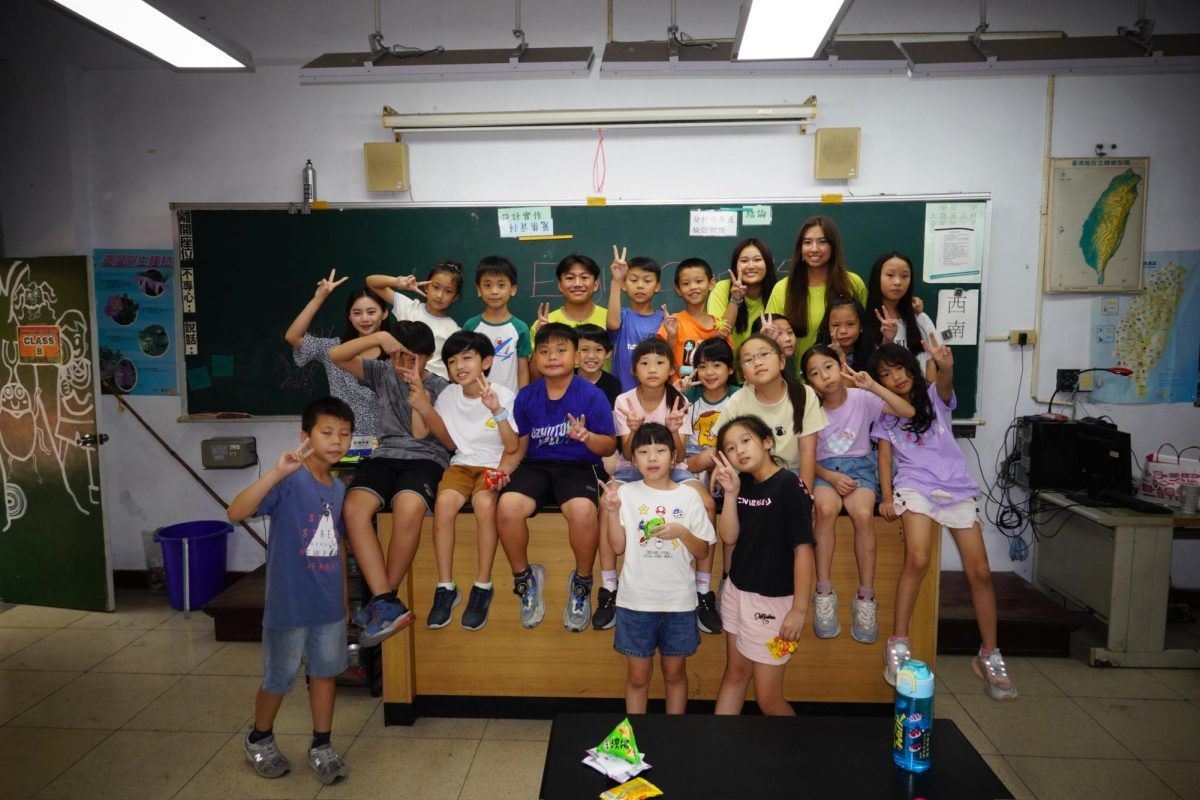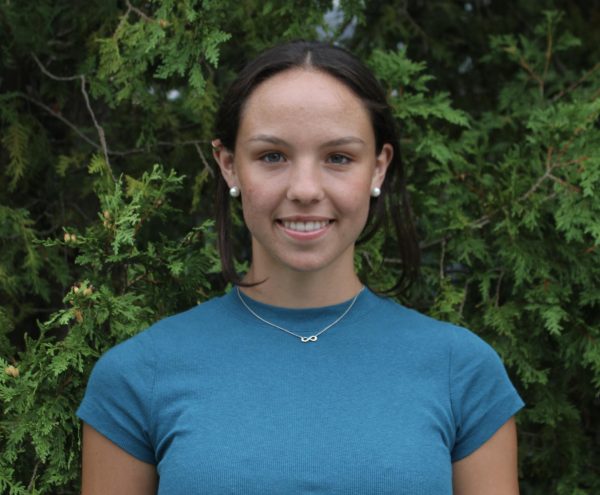By Hannah Simon, Co-Staff Development Director
Dating back to the Vedic period around 1000 BCE, the earliest Indian religious texts describe creation in terms of dance. Today in the T/E community, students carry on this act of storytelling by participating in traditional Indian dance.
There are four main schools of Indian dance: Bharatanatyam, Kathak, Odissi and Kathakali. All differ in style, steps and theme.
Senior Anika Maganti has been dancing Bharatanatyam for 11 years. With origins in the Natyashastra — a Sanskrit treatise on the arts attributed to Indian music theorist Bharata — this dance form often revolves around the gods of Hinduism and how their stories have been created.
“It (Bharatanatyam) is a classical dance. It’s very rich with Indian movements. It’s stiff — it focuses more on exact things that you do, rather than the flow,” Maganti said. “A lot (of) other forms of dance are more free with your body and your facial expressions, but in Bharatanatyam, you have to hit every single step.”
Maganti practices at the Three Aksha Dance Company. She believes that dancing has enhanced her time management, as the team practices on Thursdays and Sundays and participates in a show about once a month. Maganti enjoys being a part of a close-knit dance community.
“The girls I dance with, we’ve been dancing together since we were in elementary school. It’s really a special friendship because we’re alike in the sense that we’re so far away from our culture that we can all fall under this experience,” Maganti said.
Kathak is a dance form originating from professional Brahman storytellers, or Kathakars, of northern India and is characterized by its precise footwork and facial expressions. Junior Vibudha Tandon first began dancing Kathak as a child living in Singapore and now practices and studies the dance at Nupoor Dance School.
“Within Kathak, there is the word ‘katha’ which means ‘to tell a story,’” Tandon said. “Of course, there’s technical aspects of Kathak, but there’s also a storytelling aspect, which makes Kathak very distinct from other dance forms in India as well.”
Similar to Maganti, Tandon recognizes not only the broader cultural importance of preserving Indian traditional dance, but its impact on her life personally.
“I’ve been doing (Kathak) since I was 5, so it is very integral for me. I moved around a lot. I was born in Michigan, and then I moved to Singapore, and I came here,” Tandon said. “But the one constant in my life has always been dance. It’s always kept me grounded and it’s always in me.”
Hannah Simon can be reached at [email protected].






















































































